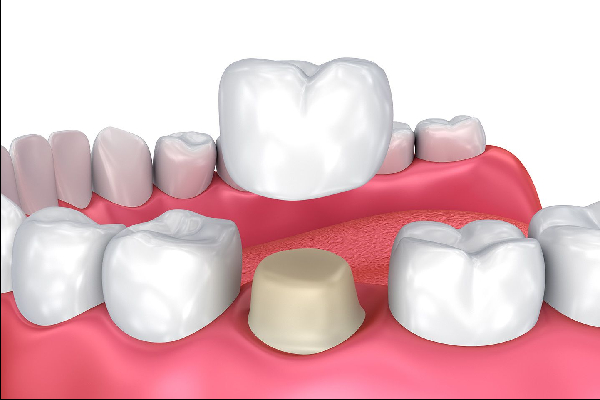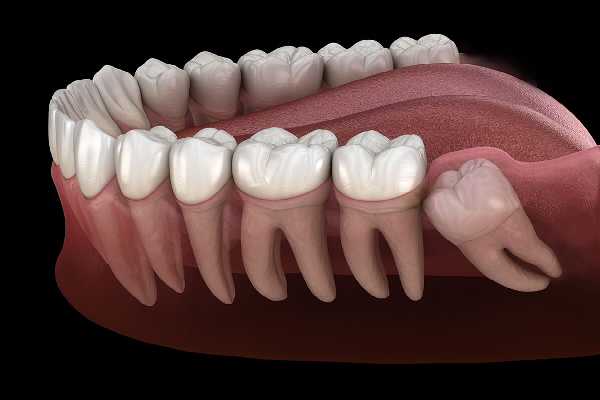


Welcome to Tandon's Dental Clinic and Diagnostic Centre, where your smile and health are our top priorities! With a commitment to excellence, we provide comprehensive dental care and advanced diagnostic services under one roof.
Our clinic is led by experienced professionals who combine expertise with the latest technology to ensure pain-free treatments and accurate diagnoses. Whether you need routine dental check-ups, cosmetic dentistry, orthodontics, or specialized treatments, we offer personalized care tailored to your needs.
Read MoreYears of Trust
Treated Cases
Happy Patients

BDS, MDS Pedodontist
Member – The Indian Society of Pedodontics and Preventive Dentistry, The Indian Academy of Facial Esthetics, Indian Dental Association.
Read MoreMBBS, PGDS, Fetal Medicine specialist, Vascular Sonologist,
Dr Sudhanshu Tandon MBBS, PGDS, Fetal Medicine specialist, Vascular sonologist, LIFE Member – The Society of Fetal Medicine, The Federation of Clinical Sonologist, Uttar Pradesh sonological association, Indian Medical Association
Read More






















Our patients consistently praise our clinic for the exceptional care and personalized attention they receive. Their positive feedback and satisfaction are a testament to our commitment to providing top-quality dental services.
More TestimonialsHighest recommendation for Dr. Amrita Tandon for his great treatment and personalize care for the patients.

Very professional and gentle. Dr. Amrita Tandon is an excellent dentist whose main priority is making sure his patients are comfortable and get the best dentistry he can offer.

© Tandon's Dental Clinic and Diagnostic Centre . All Rights Reserved.
Designed by Shloka Technologies